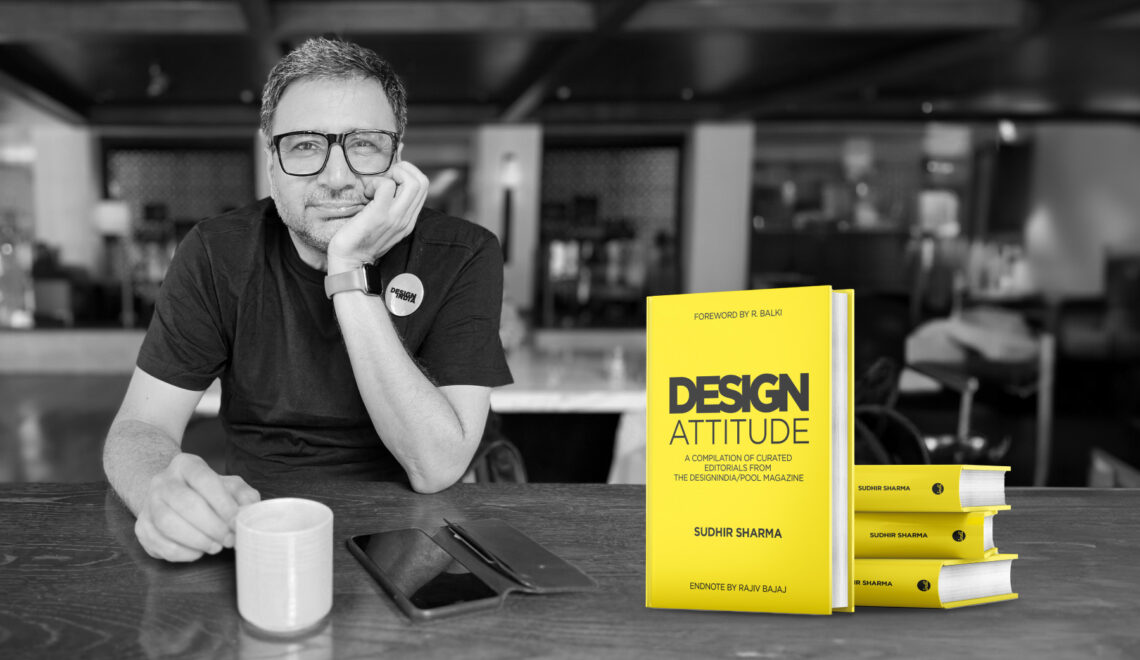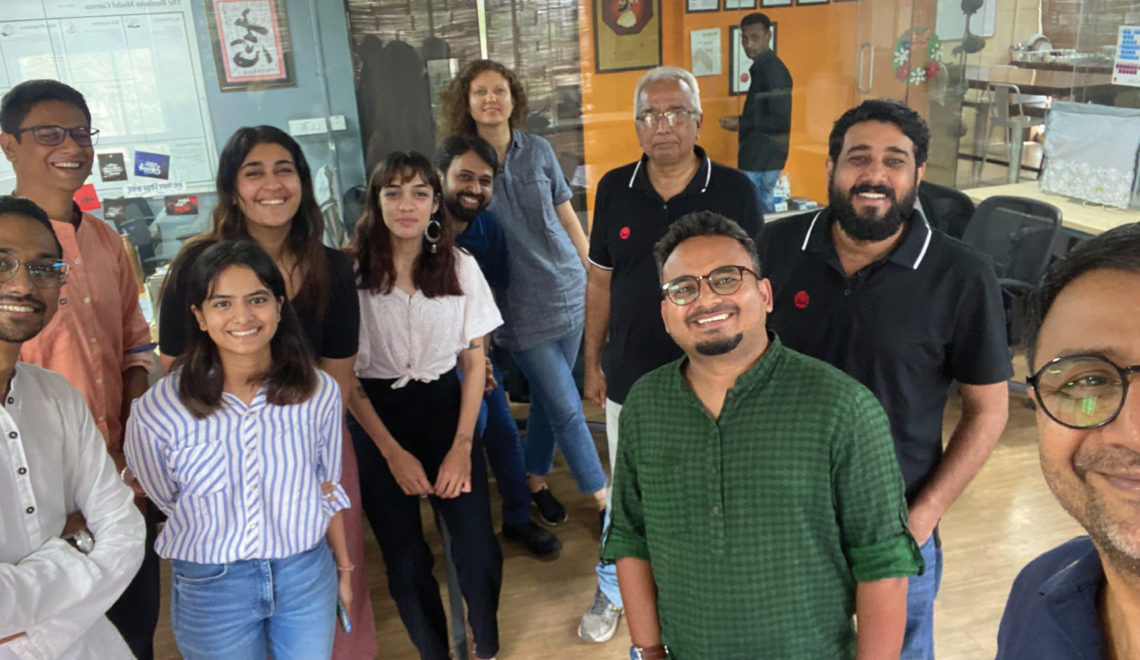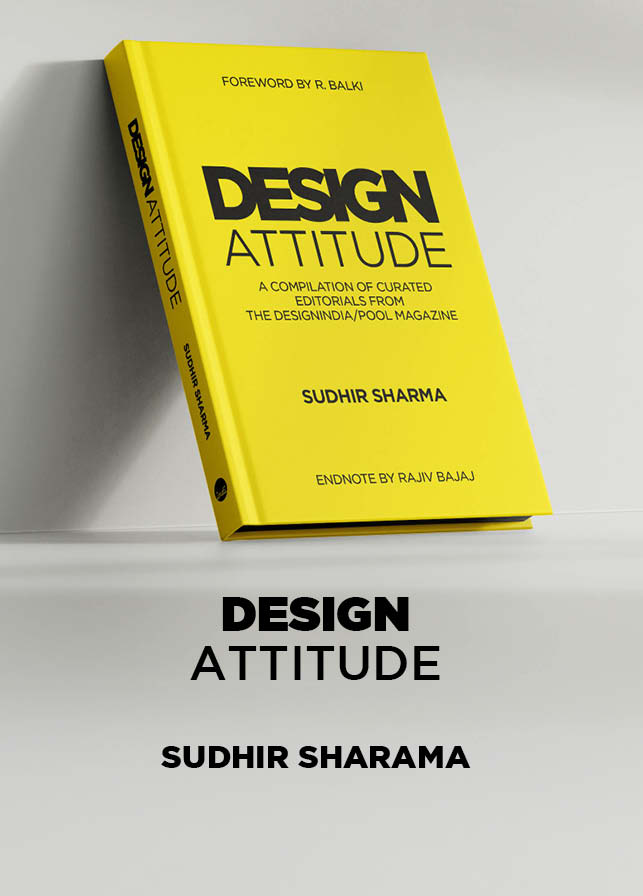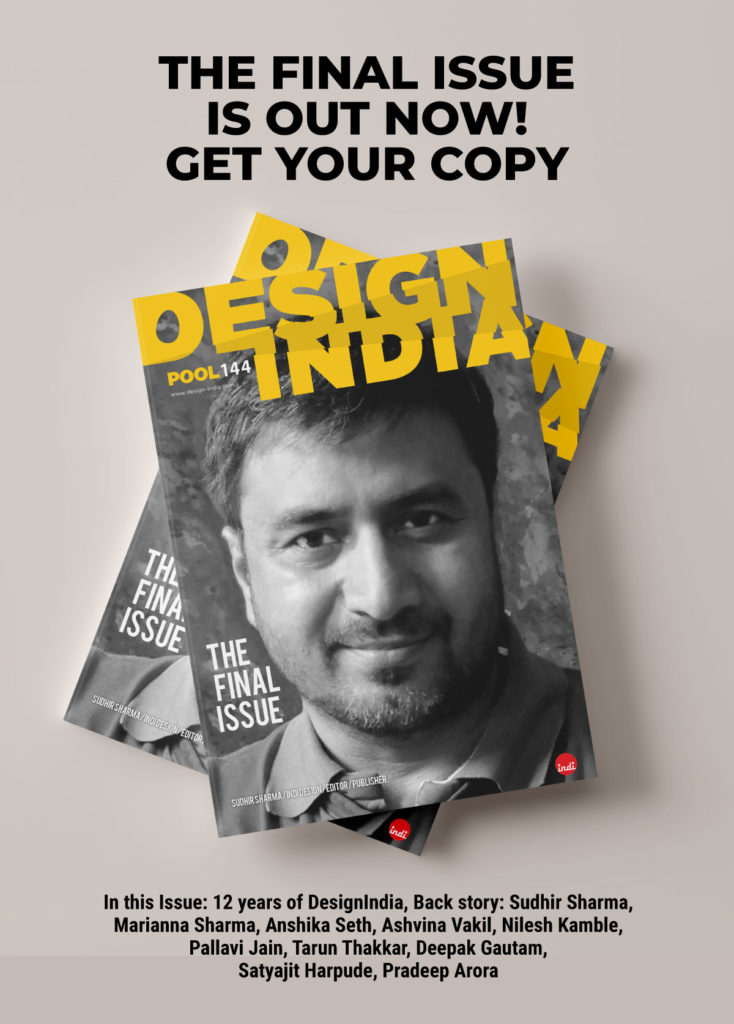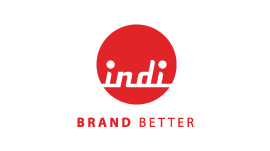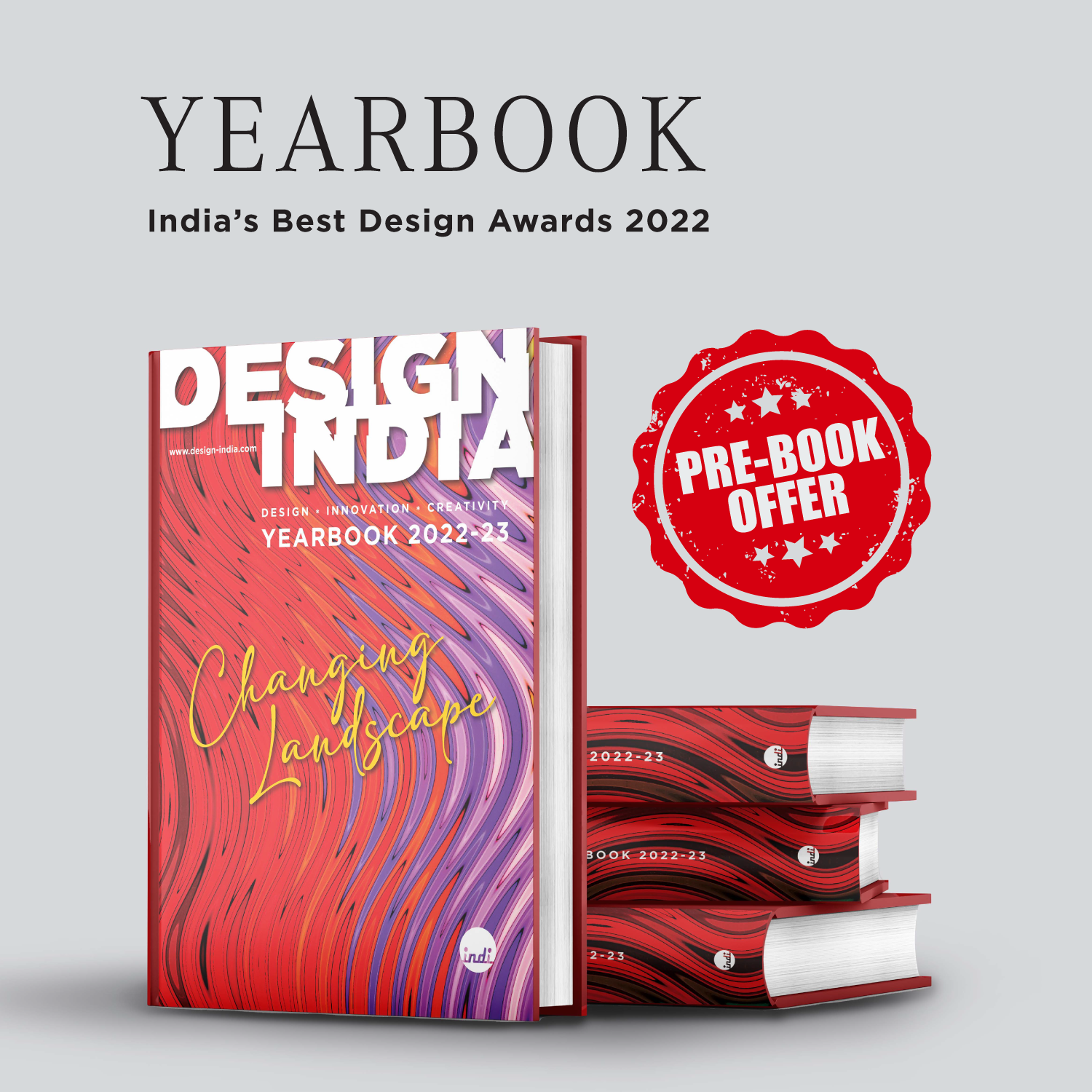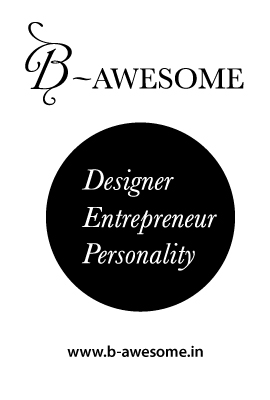Your ideas are only as good as how well they are understood. Moreover, how well they are understood is only as good as how well you present them. Great ideas don’t sell themselves.
Here are the ten key presentation factors:
Be prepared. Practice what you’re going to say. Anticipate what questions, comments and objections the client may have. Dress conservatively – you want the client to focus on your ideas, not you. Show up five minutes early.
Be confident. The ideas you show don’t have to be perfect; chances are they’ll be modified anyway. And, although it may not be the world’s best creative effort, it is most surely the best this client can get for his or her budget.
Be in charge. Try to place yourself in a ‘power position’ (in a conference room it’s the head of the table). Take and keep the initiative — begin and close the presentation on your schedule.
Be compromising. Being confident and in charge doesn’t mean arrogance. Consider ahead of time what’s crucially important (central) to your ideas, and what could be modified or dropped without affecting its impact. Respond to questions and concerns in a straightforward way. Defend strongly what’s crucial, but don’t battle over the insignificant.
Be articulate. Always have an outline of what you’re going to say. Be particularly careful not to use jargon when describing or defending your ideas – it usually has a negative effect.
Be enthusiastic. Clients expect you to be as excited about their company/product as they are. And how can you expect them to be enthusiastic about your ideas, if you aren’t? Be enthusiastic about how your ideas will solve a problem, or create an opportunity.
Be focused. A strong direction and one or two ways to implement it are what most clients want to see. Too many ideas, concepts and alternatives serve only to confuse them. Besides, you can’t be equally enthusiastic about several ideas.
Be businesslike. No matter how proud you may be of them, don’t concentrate on the uniqueness (creativity) of your ideas. Concentrate on explaining how your ideas fulfill the client’s business objectives. In any presentation of ideas, what you like isn’t important.
Be attentive to details. Some clients focus on details. so take nothing for granted. Explain everything that’s different from how it will appear in the final result. And don’t forget client idiosyncrasies either (e.g., client hates the color black).
Be concise. The presentation should be long enough to be significant, and short enough for impact. For most ideas and concepts that’s about 30 minutes. This should give you enough time to set the stage (review client objectives), romance the process (describe your procedures), dramatically unveil your thoughts or work (show and tell time), answer questions and accept input and changes.
Sudhir Sharma, Editor-in-Chief
Get your print copy of Designindia 113 from Indipool Shop or get digital version on Magzter, AppStore or Google Play right away!


